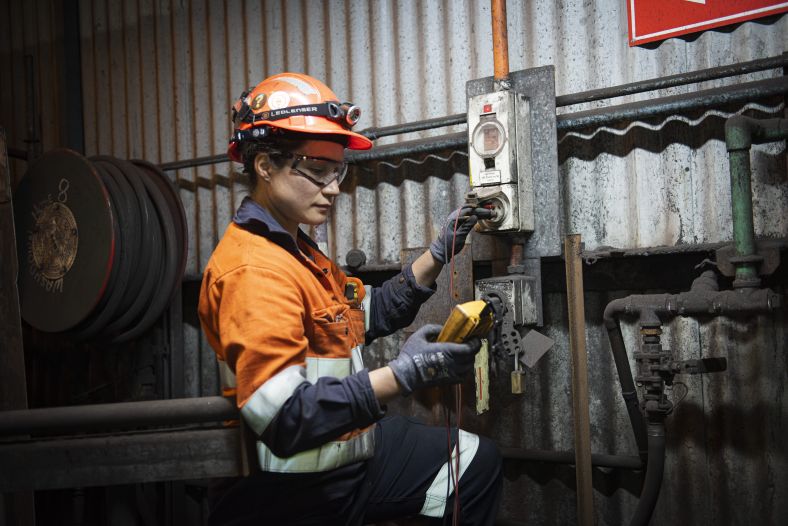Hiring tradeswomen – a best practice guide for employers
Australia faces a significant shortage of tradespeople, particularly in male-dominated fields. Our Employer's Toolkit offers best practice advice for hiring more women to fill these positions.

The challenge
The jobs are secure, rewarding and well paid, but key industries like construction, manufacturing and automotive are experiencing significant shortages of skilled trades workers.
Demand for tradies is set to further increase this decade as Australia transitions to a clean energy economy and NSW builds an advanced manufacturing base. With women making up only two percent of the trades workforce, employers are looking to them as an untapped resource. Training Services NSW has been working with partners across government and industry to increase the pipeline of skilled tradeswomen.
Employers told us they were keen to employ more women in trades but were having trouble finding them.
What we did
We established a community of practice with employers who wanted more women in their trades organisations. They were finding this difficult to achieve and were looking for guidance on best practice.
In creating the ‘Employer’s Toolkit: Practical steps for attracting, recruiting and retaining women in trades’, we drew on evidence from behavioural science about how people make career decisions as well as the extensive fieldwork we did in partnership with Training Services NSW under the Trades Pathways Program.
Over two years, we did interviews, workshops, site visits, focus groups and surveys with 950 people across NSW, including women apprentices, employers, school-aged girls, parents, careers advisers and TSNSW staff.
We learned that trades employers face challenges in three main areas when they try to expand their workforce to include more women – attracting, recruiting and retaining them – so we structured the toolkit around these aspects.
The advice
Attracting more women and girls to non-traditional trades
Stereotypes, inaccurate beliefs and lack of role models mean women and girls may never have considered investigating trades as a career possibility. Rather than seeing this as lack of interest, employers should regard it as lack of awareness or knowledge and think in terms of advertising campaigns designed to appeal to women rather than simple job advertisements.
Make women in your community aware that trade jobs may be a good option for them by:
- hosting open days, trade taster days, or workshops for women to learn a relevant skill
- partnering with community organisations like schools and sporting clubs. For instance, by sponsoring a women’s football team you can build a connection with women who are already breaking gender stereotypes
- talking to parents and teachers at information days and careers expos.
Highlight the benefits of roles in your business for women by:
- telling women what they can expect from a job in your business. Does equipment do the heavy lifting? What are the career advancement opportunities and earning potential?
- showcasing female success stories from your business. This gives other women and girls a role model to follow and the chance to get credible insider information.
Recruiting women to work in your business
If you are not getting enough women applicants, try broadening your recruitment efforts. Also address women’s concerns about male-dominated trades by making it clear that the roles are suitable for them, and the work environment is safe and supportive.
Broaden recruitment to reach more women by:
- not relying on referrals, because this can limit your candidate pool and disadvantage women and girls who aren’t from a tradie family
- advertising via online job sites and social media like Tik Tok, as well as organisations like Tradeswomen Australia and SALT (Supporting and Linking Tradeswomen).
Encourage women to apply by:
- ensuring that your job advertisement is free from unconscious bias
- explaining job benefits that matter to women
- signalling that you support equal employment opportunities and welcome diverse applicants.
Retaining the women who work for you
Once you’ve hired women, providing a safe and inclusive workplace can help you keep them.
Create processes that overcome gender bias by:
- offering flexible work options – lack of flexibility is a key barrier for women
- providing women with appropriate uniforms, equipment and facilities.
Create an inclusive workplace culture by:
- developing and enforcing a code of conduct
- encouraging employees to complete diversity training and follow diversity practices
- providing mentorship and networking opportunities.